
The ocean is a place full of mystery and wonder, often leaving researchers scratching their heads and in awe of their discoveries. After 35 days of navigating some of the planet’s harshest and most isolated waters, a team of deep-sea scientists has returned from the South Atlantic with discoveries that are nothing short of extraordinary.
This groundbreaking mission led to a discovery so great that every moment enduring harsh conditions was worth it for the researchers.
Braving Extreme Conditions
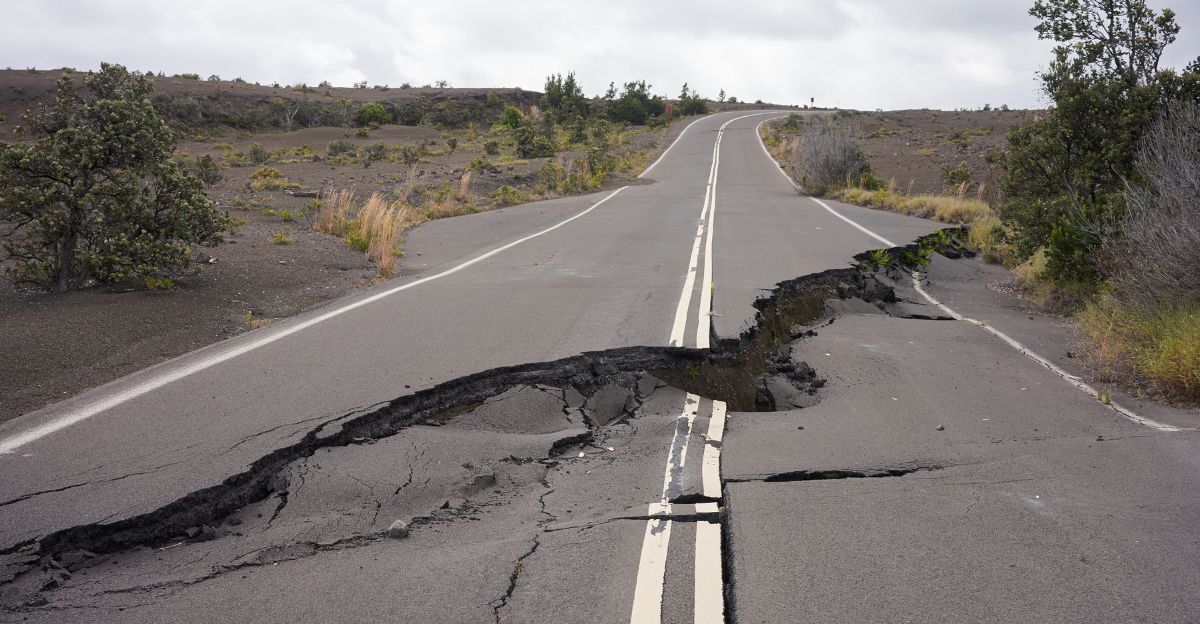
This journey was nothing short of remarkable due to the extreme weather researchers had to endure. “Mother Nature threw everything she had at the expedition, including a subsea earthquake, tropical storm force winds, eight-meter waves, and icebergs to navigate,” said Dr. Michelle Taylor, head of science and principal investigator at Ocean Census.
They worked around the clock, winning every battle until they reached their destination. The crew pressed on, deploying cutting-edge submersibles and remote-operated vehicles into the inky depths, often working in near-total darkness.
Mission Objectives
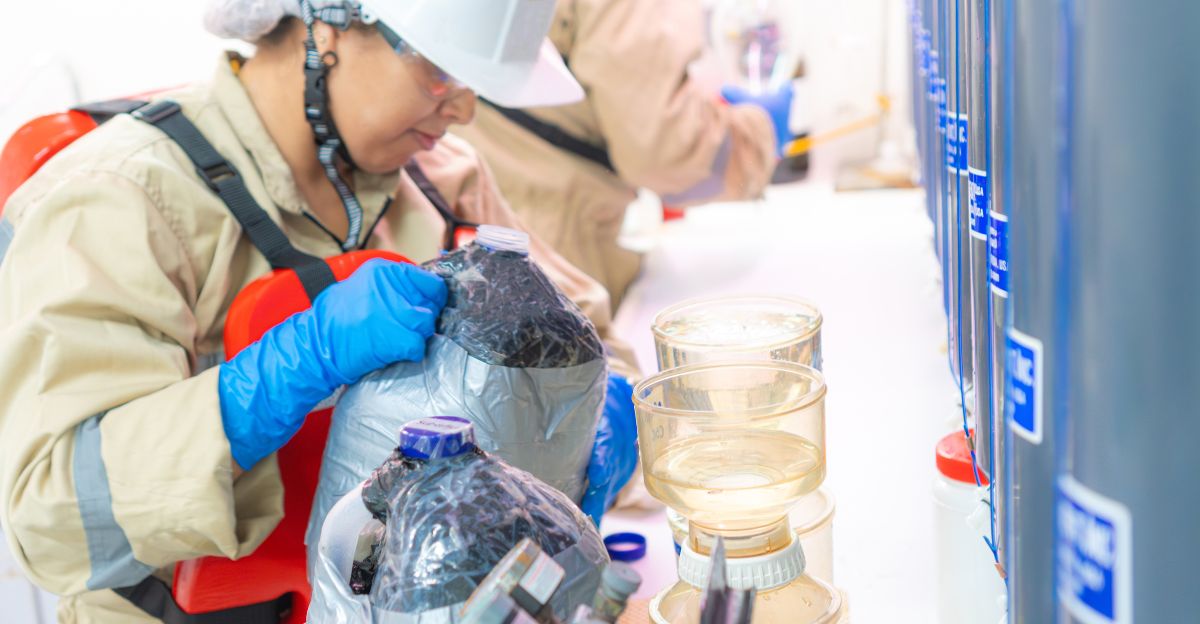
This groundbreaking work was made possible by collaborating with leading marine research organizations, including the Schmidt Ocean Institute, the Ocean Census initiative, and specialists from universities and institutes worldwide. By collecting biological samples and high-resolution imagery, the team sought to deepen our understanding of how life adapts to extreme oceanic conditions and uncover clues about deep-sea biodiversity’s origins.
“This expedition has given us a glimpse into one of the most remote and biologically rich parts of our ocean. This is exactly why the Ocean Census exists — to accelerate our understanding of ocean life before it’s too late,” said Taylor.
The South Sandwich Islands

The main focus of this expedition was the South Sandwich Islands, which are among the most remote and inhospitable places on Earth. Located 435 miles southeast of South Georgia and 1,055 miles northeast of the Antarctic Peninsula, this chain of eleven volcanic islands sits in the sub-Antarctic South Atlantic, where the Southern Ocean meets the Atlantic.
“The challenging ocean and weather conditions and the isolated location of the South Sandwich Islands capture the imagination of the boldest explorers – often the closest humans to the vessel were on the International Space Station,” said Dr. Jyotika Virmani, Schmidt Ocean Institute’s Executive Director.
Finding Hidden Coral Gardens
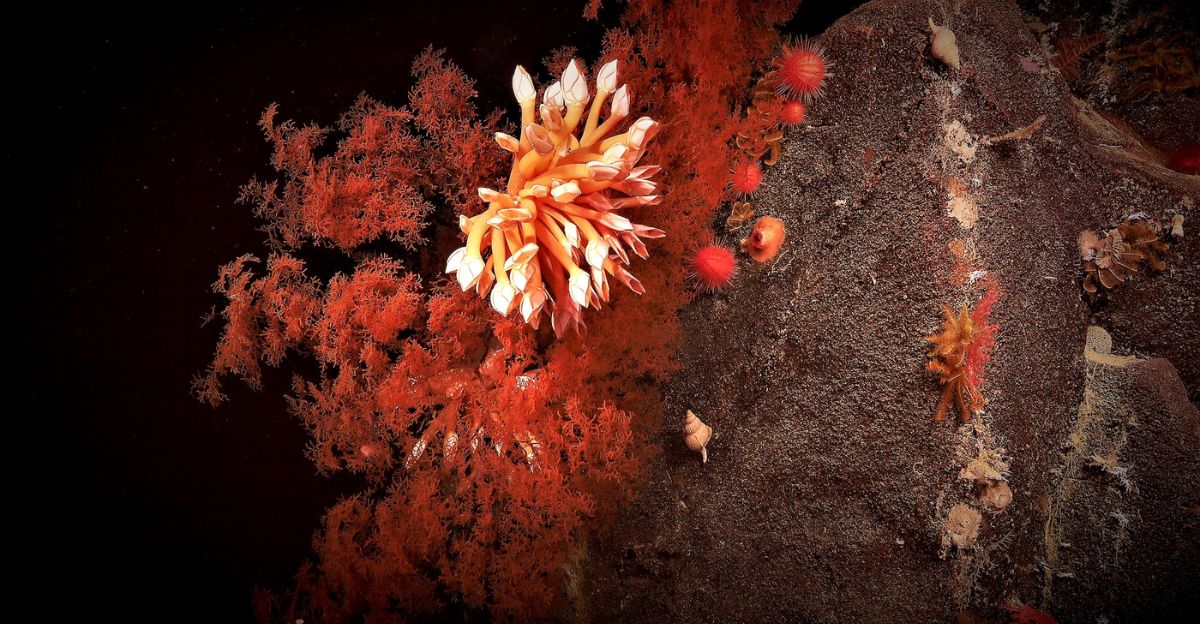
Using advanced remotely operated vehicles, the team explored submarine trenches and volcanic slopes, revealing flourishing communities of corals, sponges, and other deep-sea life forms. Many of these life forms are believed to be new to science, making this discovery more exciting than before.
Researchers found corals, sponges, snails, sea urchins, benthic ctenophores, and sea stars, pointing to a thriving environment despite the harsh conditions. “This expedition has given us a glimpse into one of the most remote and biologically rich parts of our ocean,” said Taylor.
Rare Hydrothermal Vents

Using high-resolution mapping and remotely operated vehicles, scientists identified four active vent chimneys, the tallest reaching 13 feet high, nestled within underwater calderas shaped by volcanic activity. “Discovering these hydrothermal vents was a magical moment, as they have never been seen here before,” says co-chief scientist Dr Jenny Gales.
These vents have never been seen in this region before, especially not as close to coral gardens as they were found. They were also teeming with life adapted to extreme conditions, including sea snails and barnacles that thrive on chemosynthesis rather than sunlight.
Volcanic Evidence and Geological Surprises
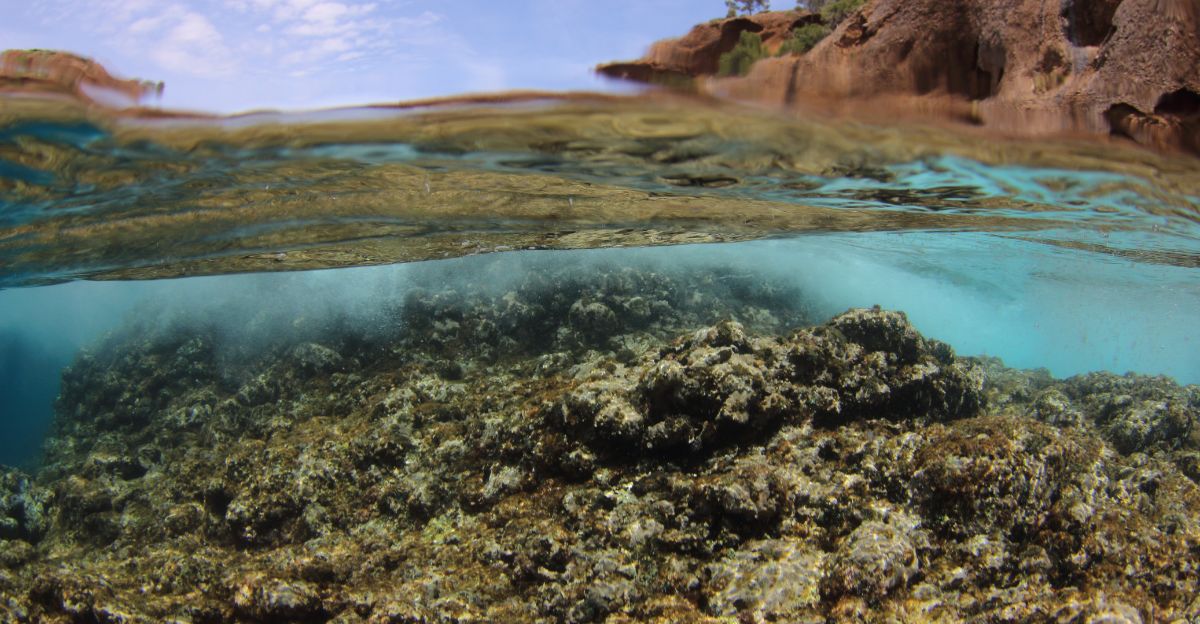
Scientists discovered large pumice blocks on the seafloor, clear evidence of explosive volcanism in the region. High-resolution mapping of underwater calderas revealed pockmarks and depressions formed by past volcanic eruptions, where the team found these rare hydrothermal vents. The islands are shaped by ongoing tectonic forces, with frequent seismic events and active volcanoes like Mount Michael, home to one of the world’s few persistent lava lakes.
“It’s an incredible discovery that provides valuable insights into the area’s tectonic activity. Making such a discovery is rare. It highlights the importance of ocean exploration and seafloor mapping.” added Taylor.
A Testament to International Collaboration
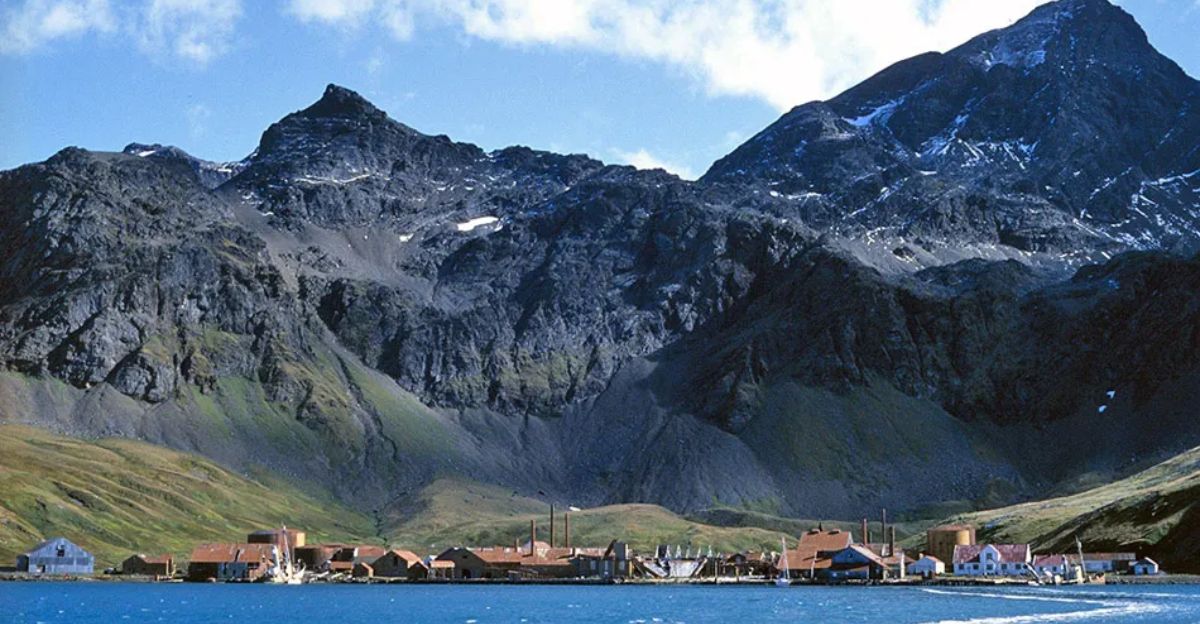
The 35-day South Sandwich Islands mission was led by the Schmidt Ocean Institute and the Nippon Foundation–Nekton Ocean Census program, with critical contributions from the University of Plymouth, GEOMAR Helmholtz Centre for Ocean Research, the British Antarctic Survey, and the Government of South Georgia and the South Sandwich Islands.
This diverse team combined expertise in deep-sea biology, geology, and technology, allowing them to study all aspects of nature during the expedition. “We are proud to have collaborated with Ocean Census in their mission to advance the discovery of marine life and GoSouth in their quest to better understand the geological nature of this dynamic corner of the world,” said Virmani.
ROV and Mapping

Technology was at the heart of the success of this expedition, helping researchers explore and document the South Sandwich Islands. The team relied on the Schmidt Ocean Institute’s advanced remotely operated vehicle (ROV) SuBastian, which was crucial for high-resolution mapping and direct observation of the seafloor in these remote and hazardous waters.
The ROV’s suite of cameras, lights, and robotic arms allowed for real-time sample collection and data gathering from depths up to 2,297 feet. At the same time, multibeam sonar technology painted a detailed picture of the region’s complex terrain.
The Next Chapter in Deep-Sea Exploration

As technology continues to advance, international research teams are preparing for even more ambitious missions to explore the ocean and find more surprising discoveries. These expeditions help researchers better understand the world we live in and the creatures all around us.
Explore more of our trending stories and hit Follow to keep them coming to your feed!

Don’t miss out on more stories like this! Hit the Follow button at the top of this article to stay updated with the latest news. Share your thoughts in the comments—we’d love to hear from you!







